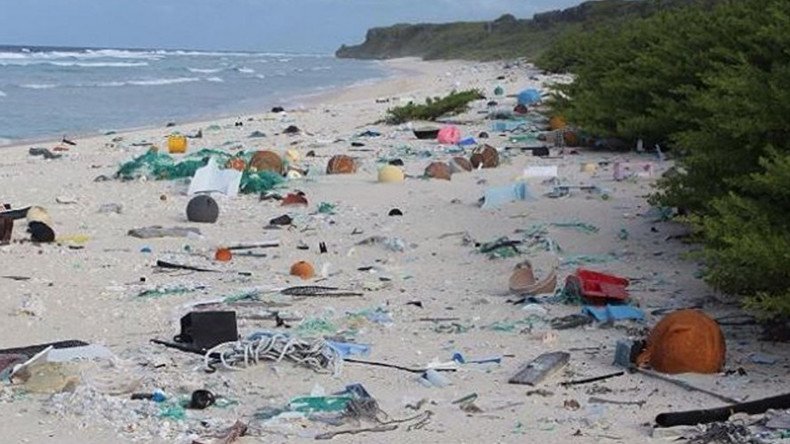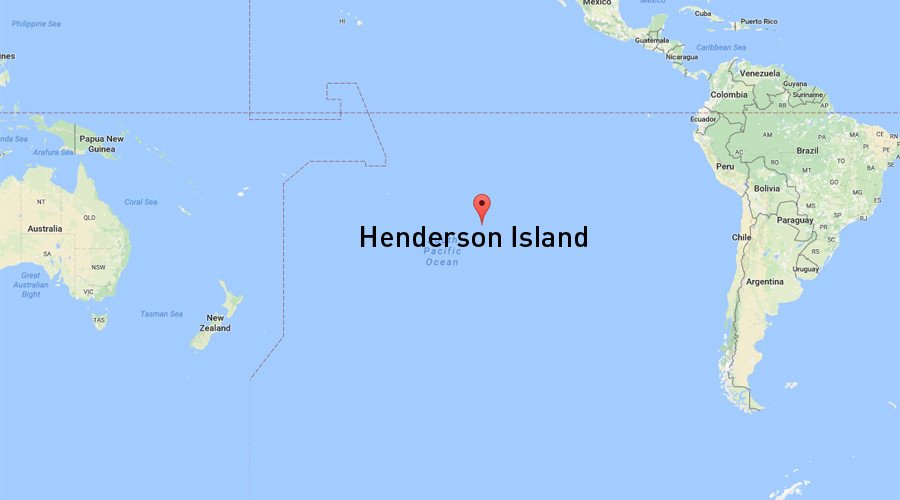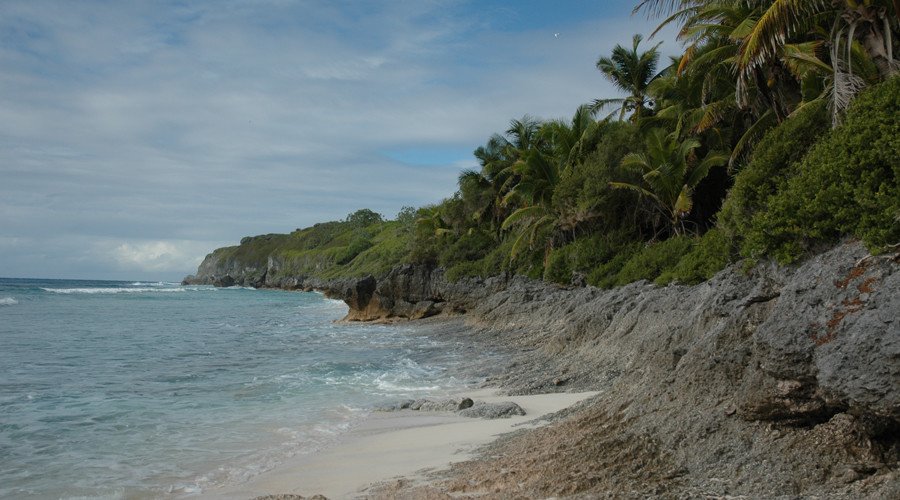37mn pieces of plastic have washed up on uninhabited Pacific island

One of the most remote islands in the Pacific Ocean has become a massive plastic dump with more than 37 million pieces of plastic washed up on the uninhabited atoll.
Henderson Island, part of the last British Overseas Territory in the Pacific – the Pitcairn Islands – has the highest density of plastic particles ever reported, according to new research.
The study, published in the Proceedings of the National Academy of Sciences (PNAS), details a scientific expedition to the island in 2015 where researchers discovered the extent of the pollution problem.
The team observed that the 9,100 acre (37 sq km) coral atoll, located more than 5,000km (3,100 miles) from the nearest major landmass, is being polluted with more than 3,500 pieces of plastic debris on a daily basis.
"We estimated a minimum of 3,570 debris items were deposited on North Beach daily, five orders of magnitude greater than the accumulation rates reported elsewhere," the study said.

"What's happened on Henderson Island shows there's no escaping plastic pollution even in the most distant parts of our oceans," lead author Jennifer Lavers, a researcher at the Institute for Marine and Antarctic Studies (IMAS) at the University of Tasmania, told AFP.
The report, co-authored with the British conservation charity the Royal Society for the Preservation of Birds, estimated that the island contains 37.7 million pieces of plastic debris weighing 17.6 tons (metric) on its sandy beaches.
It notes, however ,that this probably undervalues the true amount of debris as many items, including those more than 10cm below the surface and dotted along cliff areas and rocky coastlines, could not be sampled.
World's most polluted island - Henderson Island, a territory of the #uk#environment#pollution#naturepic.twitter.com/o57Rxn66GA
— Look4ward (@Look4wardd) May 16, 2017
“It’s truly one of the last paradises left on earth, and one of the least visited but heavily protected bits of land on the planet,” Lavers said of the UNESCO World Heritage Site to The Atlantic. “But I don’t think I’ve stood somewhere and been so utterly and completely surrounded by plastic.”
CEO and founder of marine wildlife conservation organisation Sea Shepherd, Captain Paul Watson, said in response to the report that he has witnessed plastic pollution in every remote island he has been to, warning that “the horror of plastic is real.”

The paper confirms because there are no significant local sources of pollution “all anthropogenic debris on the island is derived from the global disposal and dispersal of waste.”
It notes that its location near the center of the South Pacific Gyre ocean current makes it a “focal point” for debris carried from South America or deposited by fishing boats and, as humans don’t live on the island, the litter has never been cleaned up.
Researchers highlighted the negative impact the plastic pollution is having on marine biodiversity at Henderson Island pointing to its contribution to a drop in the number of sea turtle laying attempts and the increased risk of entanglement for coastal-nesting seabirds .












